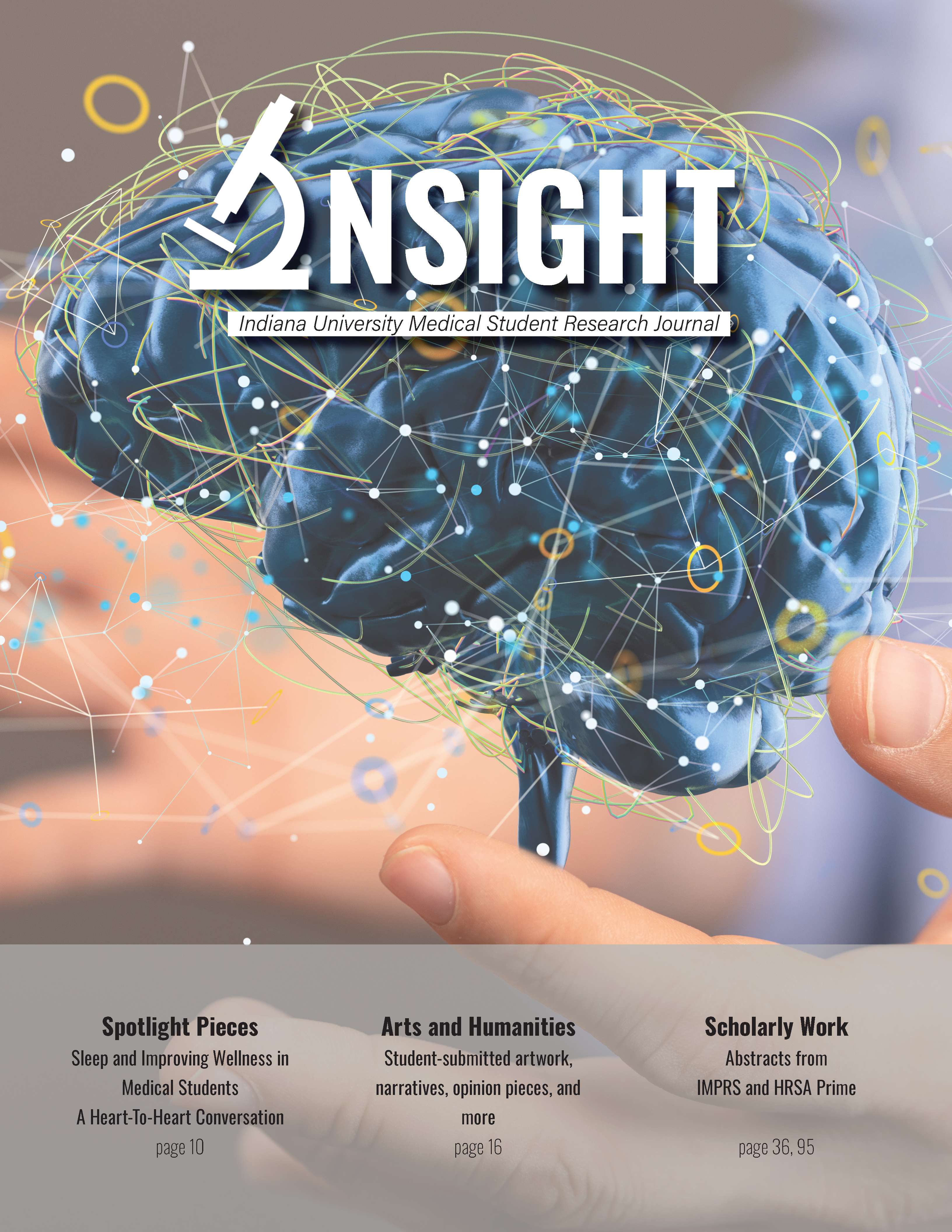Improvement in Nocturia Frequency After Holmium Laser Enucleation of the Prostate (HoLEP)
Abstract
Background/Objective: Benign prostatic hyperplasia (BPH) is a common urinary pathology in older men resulting in lower urinary tract symptoms such as nocturia, urinary frequency and urgency, and outlet obstruction. Holmium enucleation of the prostate (HoLEP) is a bladder outlet procedure used to improve BPH symptoms by enucleating the prostate’s transitional zone. HoLEP has been demonstrated to improve obstructive urinary symptoms, but little research has investigated the improvement of irritative symptoms like nocturia.
Methods: A retrospective chart review of Indiana University HoLEP procedures between October 2018 and November 2021 was conducted. Participants were men with a pre-operative American Urology Association Symptom Score (AUASS). At least six months after surgery, patients completed the AUASS to compare pre- and post-operative symptoms. We identified participants with high frequency nocturia (HFN), a nocturia frequency ≥ 3, low frequency nocturia (LFN), a nocturia frequency < 3, and dominant nocturia (DN), a nocturia frequency ≥ 3 and an AUASS score < 20. Averages and paired two-tailed t-tests were conducted.
Results: We identified 220 patients who completed surveys and follow-up. Overall, nocturia was reduced by 0.92 points and quality of life (QOL) scores improved by 2.51 points post-HoLEP (p<0.05). HFN patients experienced a 2.01-point decrease in nocturia scores (p<0.001) compared to a 0.12 increase in LFN patients (p=0.43) and a 0.85 decrease in DN patients’ scores (p=0.002) after HoLEP. When comparing QOL scores, HFN patients displayed a 2.98-point improvement, LFN participants improved by 2.34, and DN patients indicated a 2.12-point improvement after surgery (p<0.001).
Conclusion/Implications: In patients with high occurrences of nocturia pre-operatively, HoLEP demonstrated significant improvements in nocturia frequency. LFN patients did not demonstrate a significant improvement in nocturia scores. Despite this, all groups displayed improved QOL scores post-operatively. This suggests that HoLEP helps reduce irritative symptoms such as nocturia. Further investigation is needed to evaluate this on a larger scale.
Downloads
Published
Issue
Section
License
Copyright to works published in Insight is retained by the author(s).

